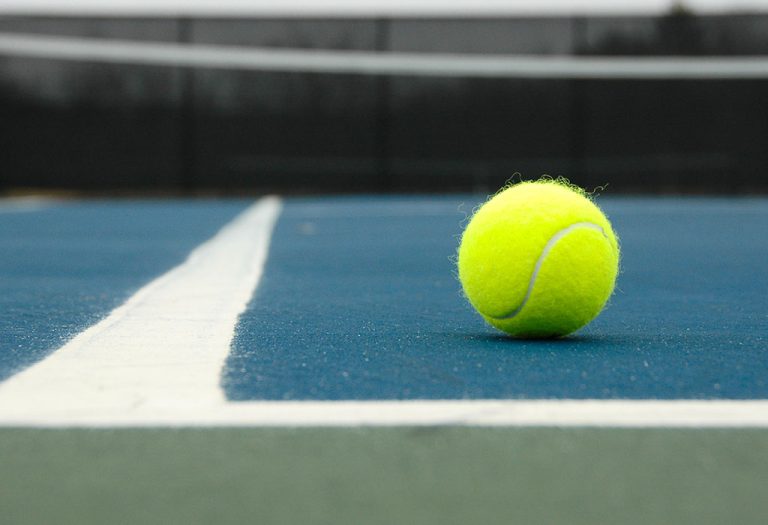Home » Tennis Scoring: Unraveling the Origins of 15, 30, 40

Tennis Scoring: Unraveling the Origins of 15, 30, 40
Tennis, a global sporting sensation, captivates fans around the world week after week. Enthusiasts eagerly watch as players strive for victory, conquering games and sets. Amidst the intensity of each point, an intriguing question arises: why are scores not simply counted as 1, 2, 3, and 4, but rather as 15, 30, and 40?
Decoding the Mystery: The Significance of 15, 30, 40 in Tennis
The scoring system in tennis, with increments of 15, 30, and 40, holds a historical charm dating back to the Middle Ages. Charles of Valois-Orleans, in a text from 1435, first introduced this peculiar system. However, why did they initiate the count from 15?
The Clockwork Theory
One fascinating theory suggests that the initial points in tennis were tallied by advancing the clock hands 15 minutes. This unique approach led to the sequence of 15, 30, and 40. But a natural question arises: why not continue to 45? The answer lies in strategic gameplay.
The 45 Dilemma: Strategy and Victory
Had tennis scoring extended to 45, it would have signaled an immediate victory for one of the players. However, to ensure a substantial lead over the opponent, a two-point gap was deemed necessary. Hence, capping the score at 40 strategically positioned players one step away from victory, leaving room for that crucial additional point.
Unraveling “Jeu de Paume”: A Historical Connection
Another theory ties the scoring system to “jeu de paume,” a sport akin to tennis but played with hands instead of rackets. In this game, points were calculated based on a player’s movement across a 90 by 45 feet field—advancing 15, reaching 30 feet, and so forth.
In conclusion, the 15, 30, 40 scoring system in tennis carries a rich historical tapestry. Whether influenced by clockwork precision or rooted in the movements of an ancient sport, it adds a layer of fascination to the game, making each score not just a point but a glimpse into the sport’s intricate past.
The next time you watch a thrilling tennis match, remember that the numbers on the scoreboard have a story of their own, echoing centuries of gameplay evolution.
